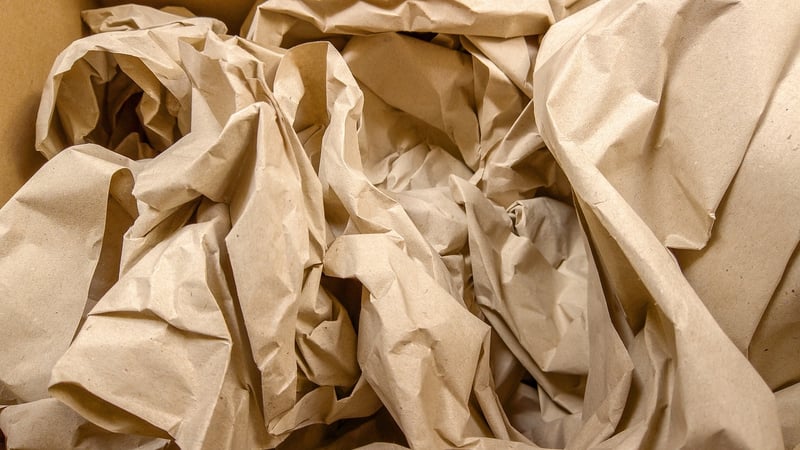Sustainable Packaging
The Future of Food and Sustainable Packaging
Introduction
In recent years, there has been a growing global focus on sustainable practices, especially in the food industry. As awareness about environmental issues continues to increase, the need for sustainable packaging solutions in the food sector has become more urgent than ever. This article explores the future of food packaging and how sustainable initiatives are shaping the industry.
1. Importance of Sustainable Packaging
Sustainable packaging plays a crucial role in reducing the environmental impact of food production and distribution. Traditional packaging materials like plastic have contributed significantly to pollution and waste, prompting the need for more eco-friendly alternatives.
2. Trends in Sustainable Packaging
Several trends are driving the adoption of sustainable packaging in the food industry:
- Biodegradable Packaging: Materials that can decompose naturally, such as compostable plastics and plant-based packaging.
- Reusable Packaging: Encouraging the reuse of containers and packaging to reduce single-use waste.
- Recyclable Packaging: Designing packaging that is easily recyclable to promote a circular economy.
3. Innovations in Sustainable Packaging
Food companies and packaging manufacturers are developing innovative solutions to address sustainability challenges:
- Edible Packaging: Creating packaging materials that are edible or dissolve in water, reducing waste and increasing convenience.
- Mushroom Packaging: Using mycelium, the root structure of mushrooms, to create biodegradable packaging materials.
- Plant-based Plastics: Developing plastics made from renewable resources like corn starch or sugarcane that are biodegradable.
4. Benefits of Sustainable Packaging
The shift towards sustainable packaging offers multiple benefits for both businesses and consumers:
- Environmental Impact: Reducing carbon footprint, waste generation, and reliance on non-renewable resources.
- Brand Image: Enhancing brand reputation and attracting environmentally conscious consumers.
- Cost Savings: Improving operational efficiency and reducing packaging costs in the long run.
Conclusion
The future of food packaging is undoubtedly moving towards sustainability. By embracing eco-friendly materials and innovative solutions, the food industry can minimize its environmental footprint and contribute to a more sustainable future for generations to come.

For more information on sustainable packaging practices, visit EPA - Sustainable Packaging.
